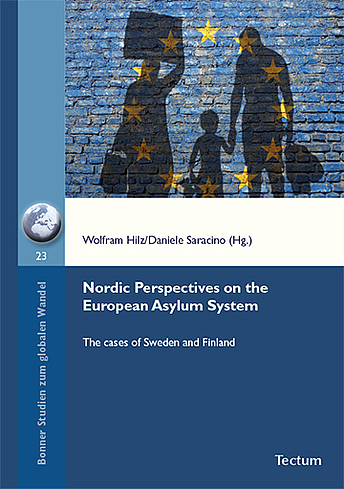Hilz | Saracino
Nordic Perspectives on the European Asylum System
ISBN 978-3-8288-3998-4
englischThe Nordic EU Member States are generally considered to have common perspectives and interests regarding European integration. A differentiated look reveals, though, that fundamental differences in the respective agendas towards certain policy fields exist. The increasing number of refugees seeking protection within European borders in the last years has unveiled a major divergence of interests particularly between Sweden and Finland regarding the common European asylum policy: Sweden has within a few years turned into one of the continent’s top destinations for asylum seekers, whereas Finland has characterized itself as one of Europe’s most restrictive asylum and migration management regimes. The openly stated differences of these two countries, both in terms of actual numbers and implemented national policy guidelines, are representative for the opposing political forces emerging within the European Union in shaping the common asylum policy. Due to the increasing internal and external pressure on the EU in managing the refugee crisis, this issue has not only gained significant importance and emphasis on a national level, but also from a European point of view.
This volume differentiates the Nordic perspectives on shaping EU asylum policies by focusing on the two contrasting country case studies of Sweden and Finland. Why have these neighbouring countries, characterized by similar economic and social welfare systems, chosen such different approaches in facing the challenges arising from the refugee crisis and in implementing asylum policies? For both countries, questions for the interests of key actors dominating the national debates on asylum policy are prevalent. The respective agendas of Sweden and Finland, their different political approaches and problems inside their respective societies as well as the national strategies at the European level in shaping the Common European Asylum System in light of the refugee crisis are in the focus of the contributions.
Auf die Herausforderung der Flüchtlingskrise reagieren die nordeuropäischen EU-Mitglieder Schweden und Finnland mit gegensätzlichen Strategien. Die restriktive finnische und die offene schwedische Politik stehen somit beispielhaft für das politische Spektrum Europas in dieser hochaktuellen Thematik.



